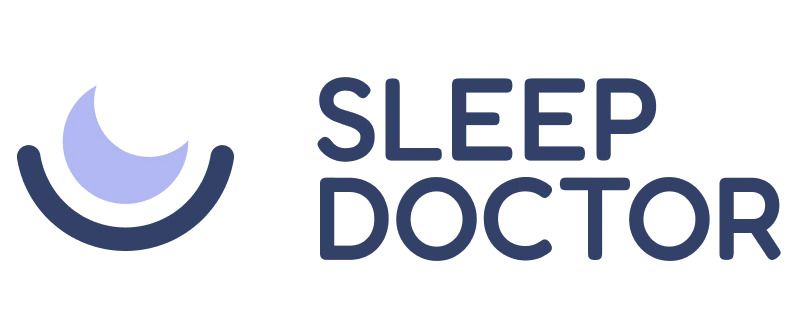Pipedream: Potent serverless capabilities

Gus Santaella
Sr. Director, Data, at Sleep Doctor
The Challenge
At Sleep Doctor, our Data Engineering team faced a challenge of creating complex system integrations. Our goal was clear: to create a seamless network between our downstream systems, such as synchronizing Shopify with our CRM (Zoho) and logistics software.
Initially, there were concerns around bringing on a new tool. Would the platform integrate smoothly with all of our systems? How would it stand up to our security and compliance standards? Would our engineers be able to adopt it effectively and become its champions? And crucially, could it scale and remain resilient under the heavy demands of our operation?
The Solution
The solution came in the form of Pipedream.
It stood out as a developer-friendly platform that boasted extensibility and flexibility, which were critical for our needs.
The comprehensive documentation and tutorials simplified the learning curve, and the flexible pricing structure was well-suited to our budget. However, the decisive factor was Pipedream's performance during our rigorous scalability testing, where it exceeded our expectations under a barrage of concurrent requests.
Since integrating Pipedream, our perspective has significantly evolved.
What was initially a platform for integration is now viewed as a robust backend service with potent serverless capabilities, akin to 'AWS lambda as a service'.
We've broadened our use of Pipedream far beyond the initial scope, employing it to connect all systems throughout our customer's purchasing journey.
Pipedream has not just met the expectations set by SleepDoctor.com—it has become an integral part of their operational fabric, demonstrating that the right platform can lead to transformative outcomes.
